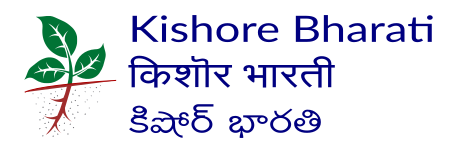Commencement of CUBE National Meet at Somaiya College, 2023
CUBE National Meet, 2023 was organized in collaboration with K J Somaiya College of Science and Commerce, Somaiya Vidyavihar, Mumbai 1, and Somaiya Center for Experiential Learning (SCEL) between 20th & 23rd July 2023 at Somaiya Vidyavihar Campus. The event included 2-days workshop and a 2-days National meet. The participants from across different parts of the country which included… Read More »

